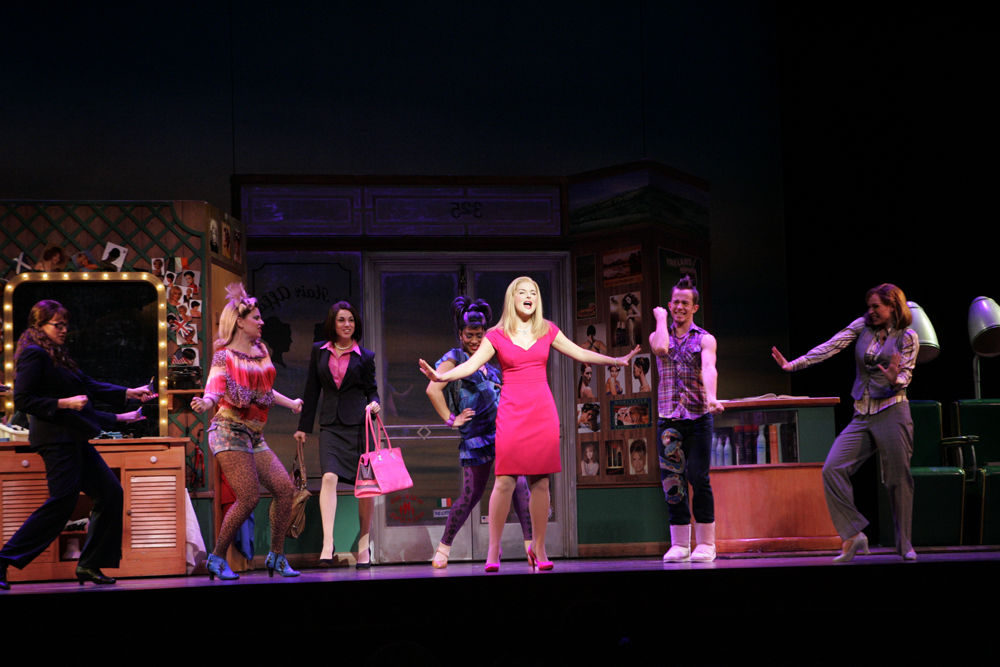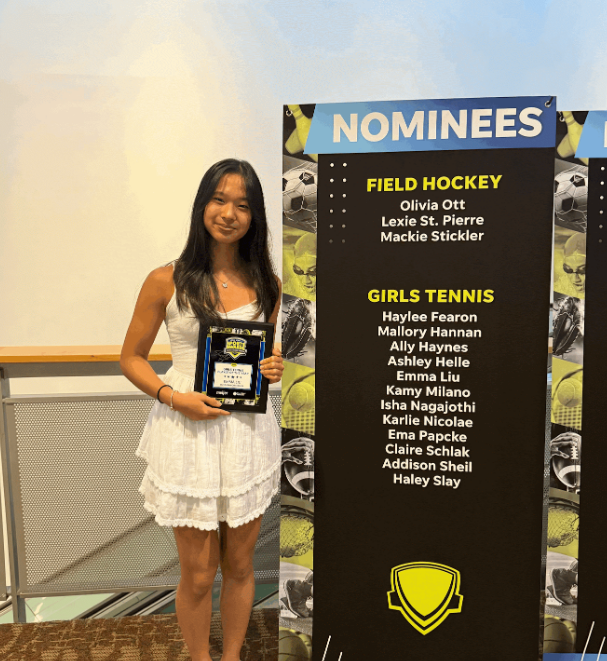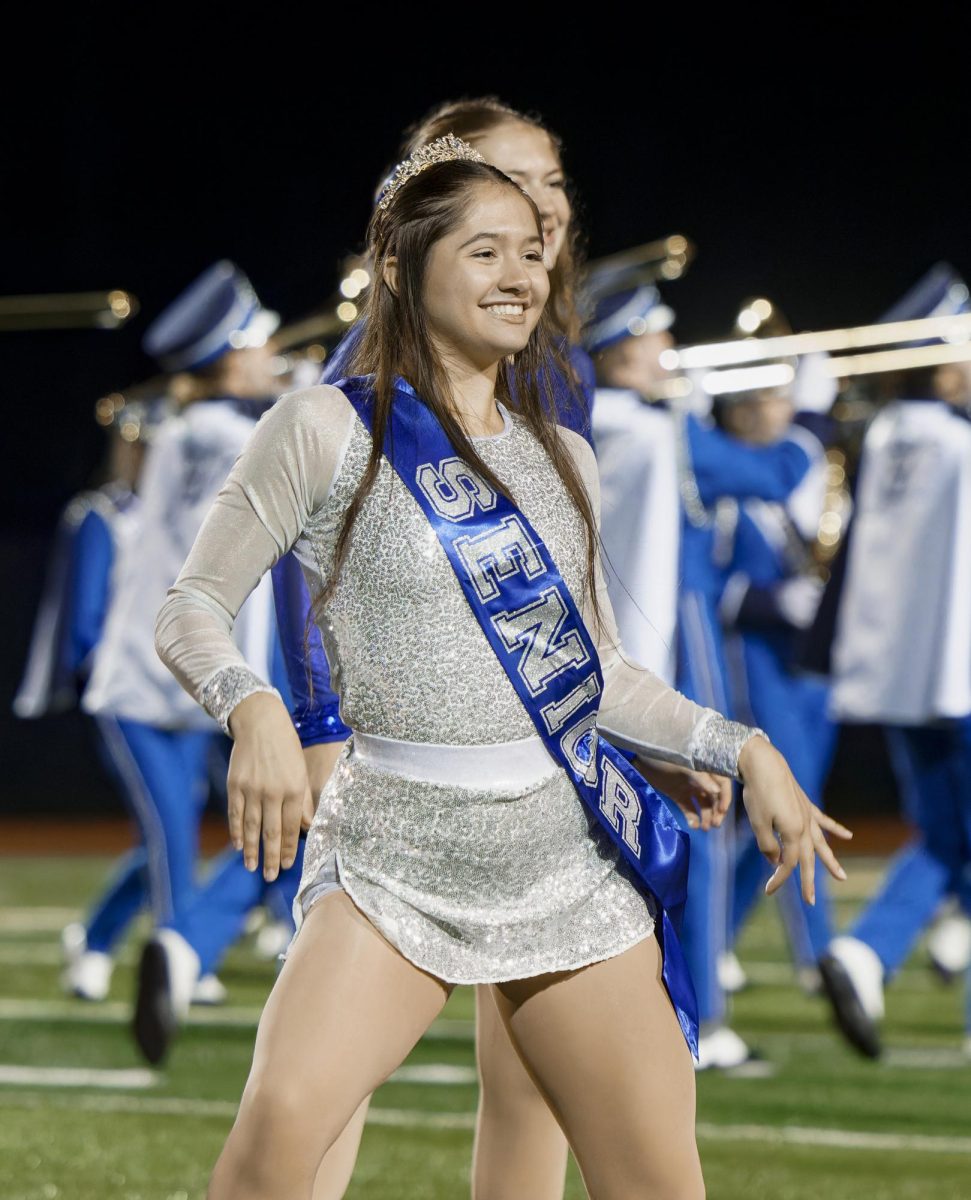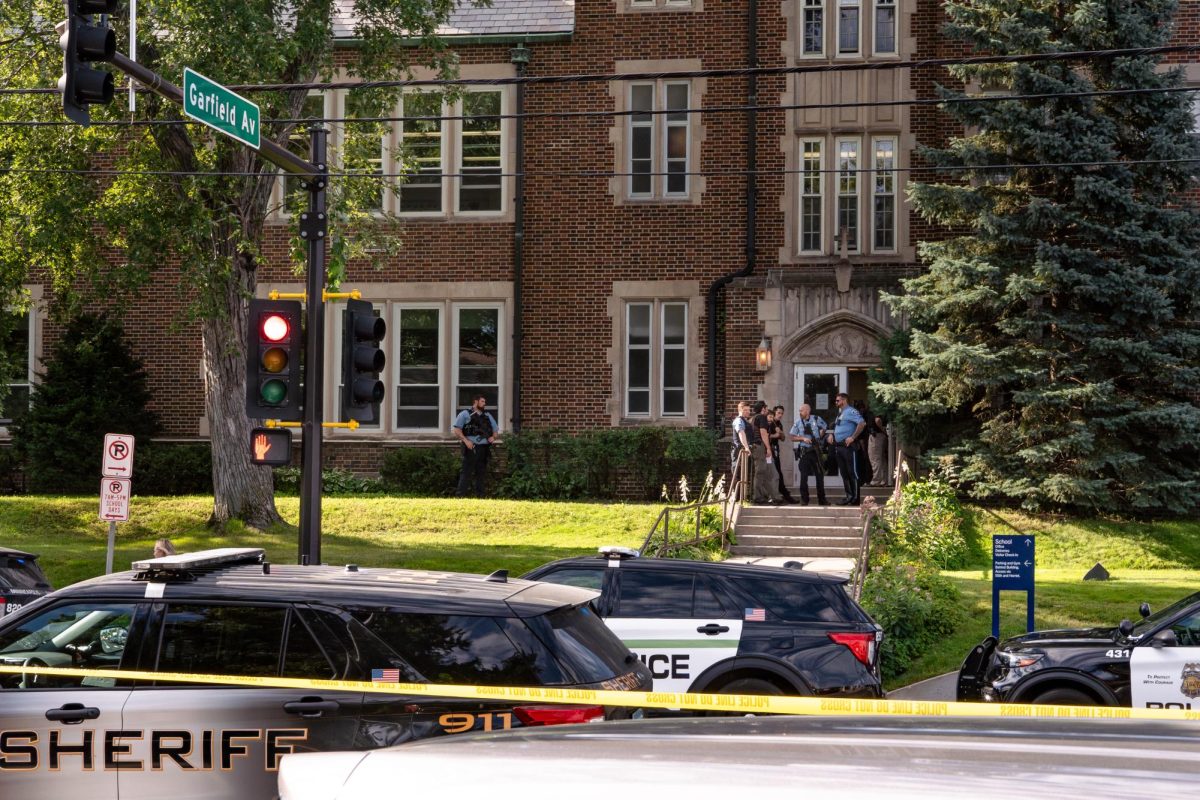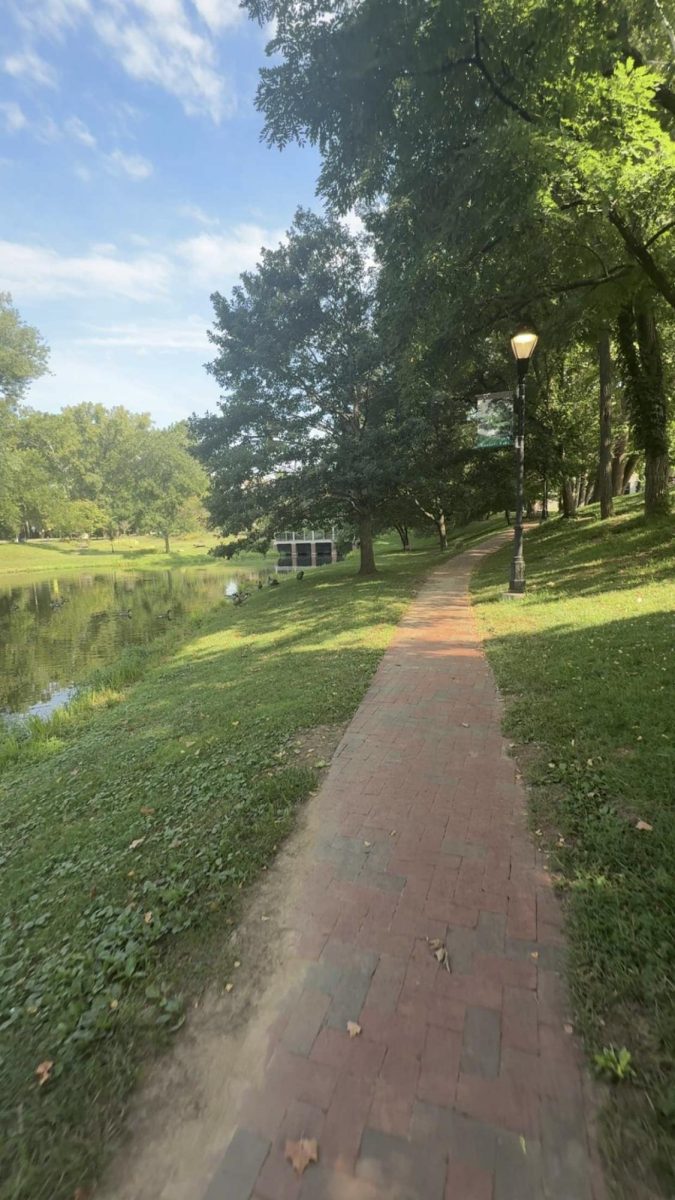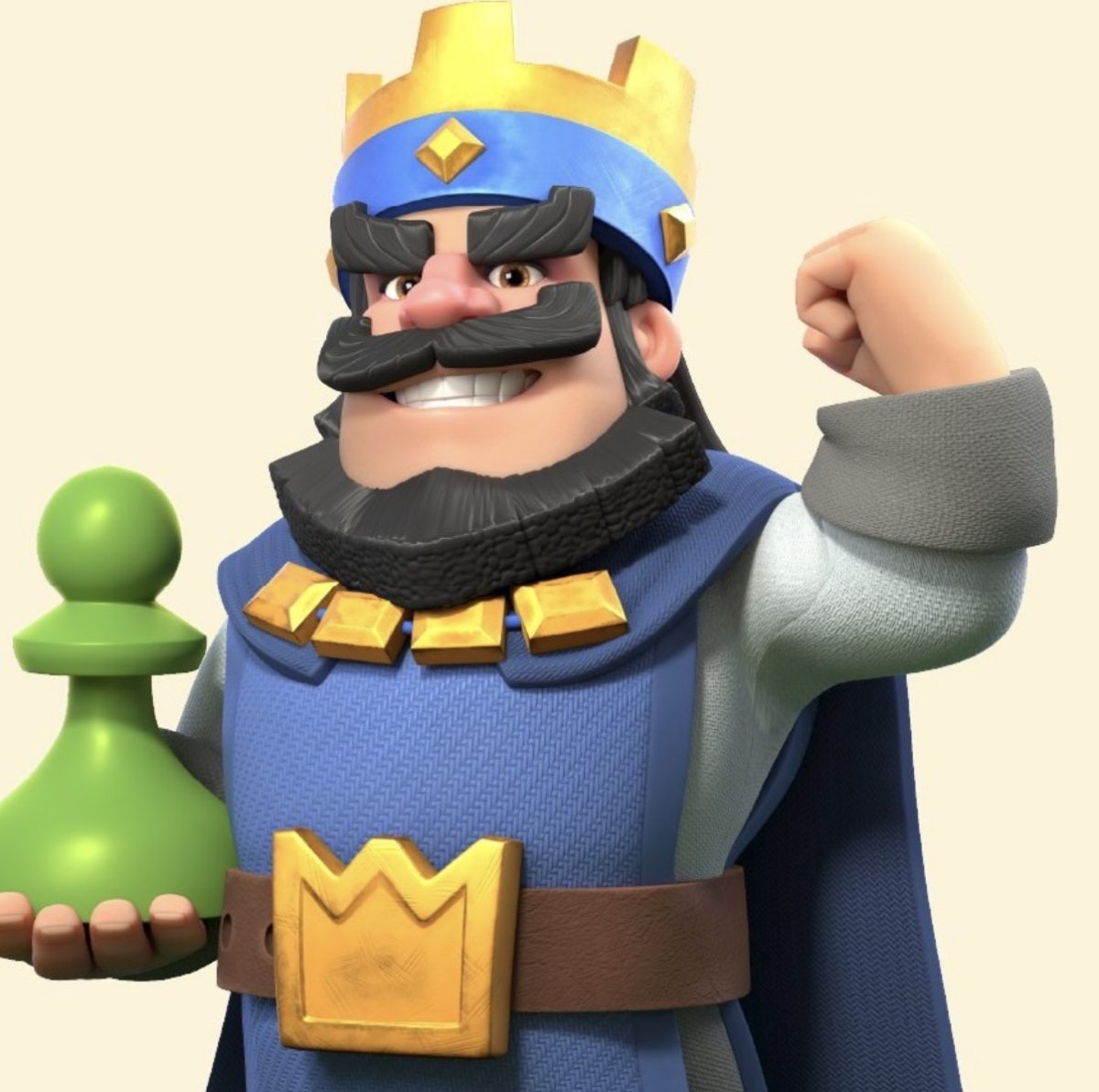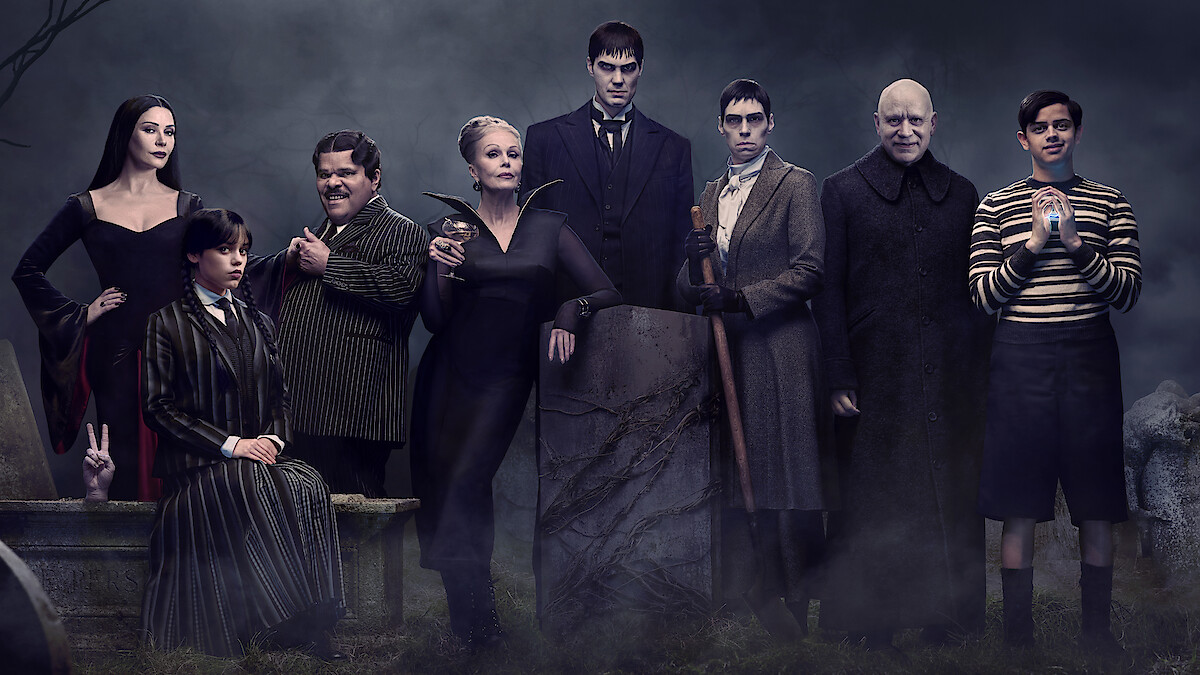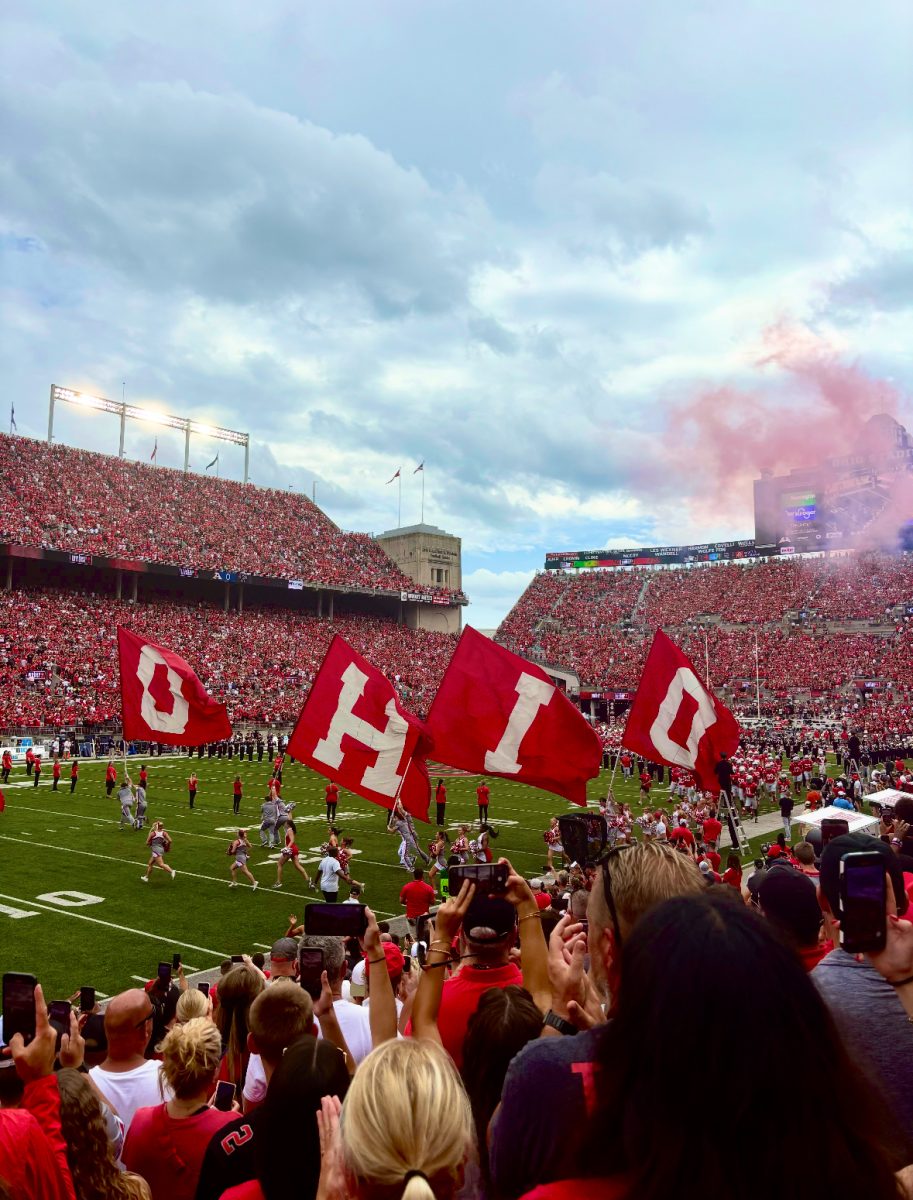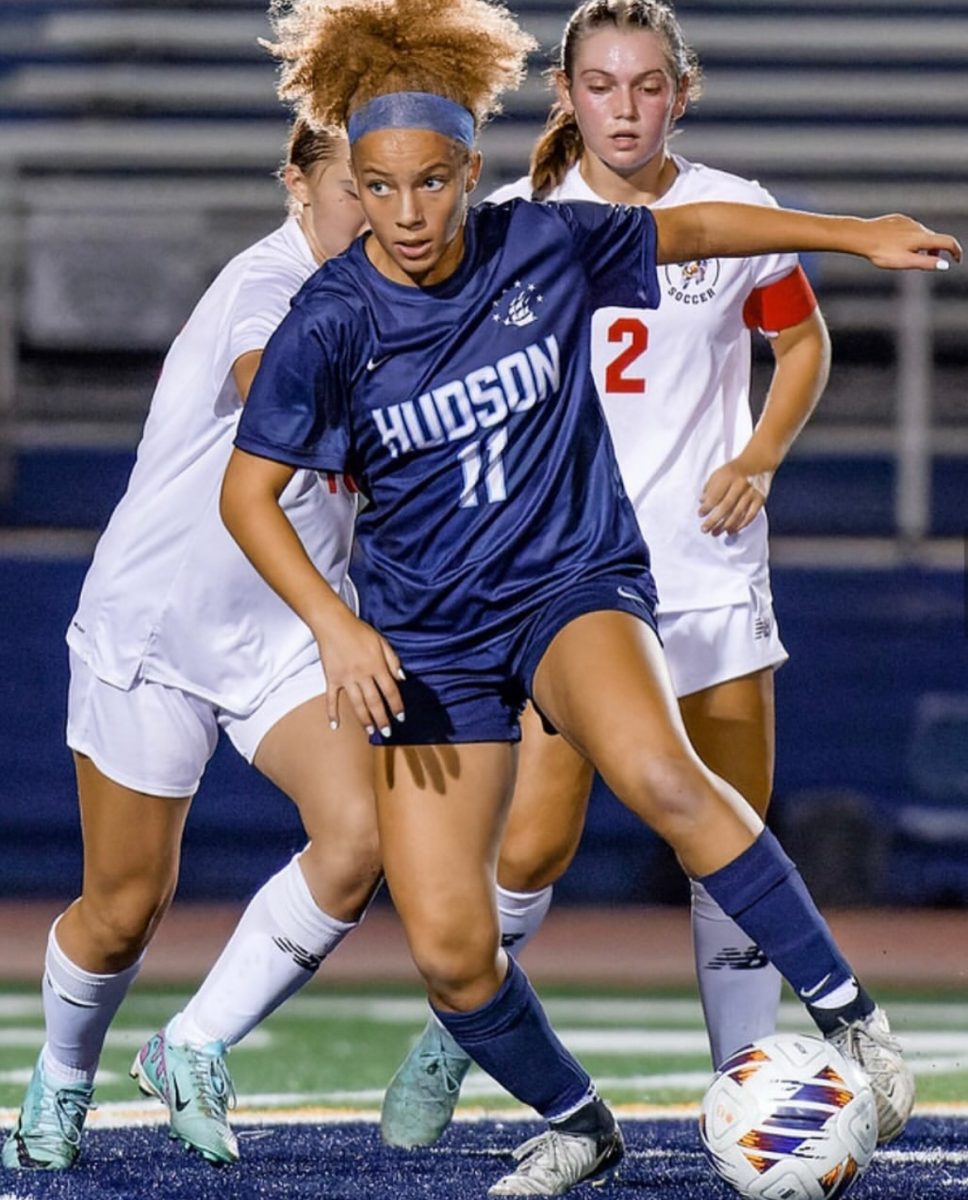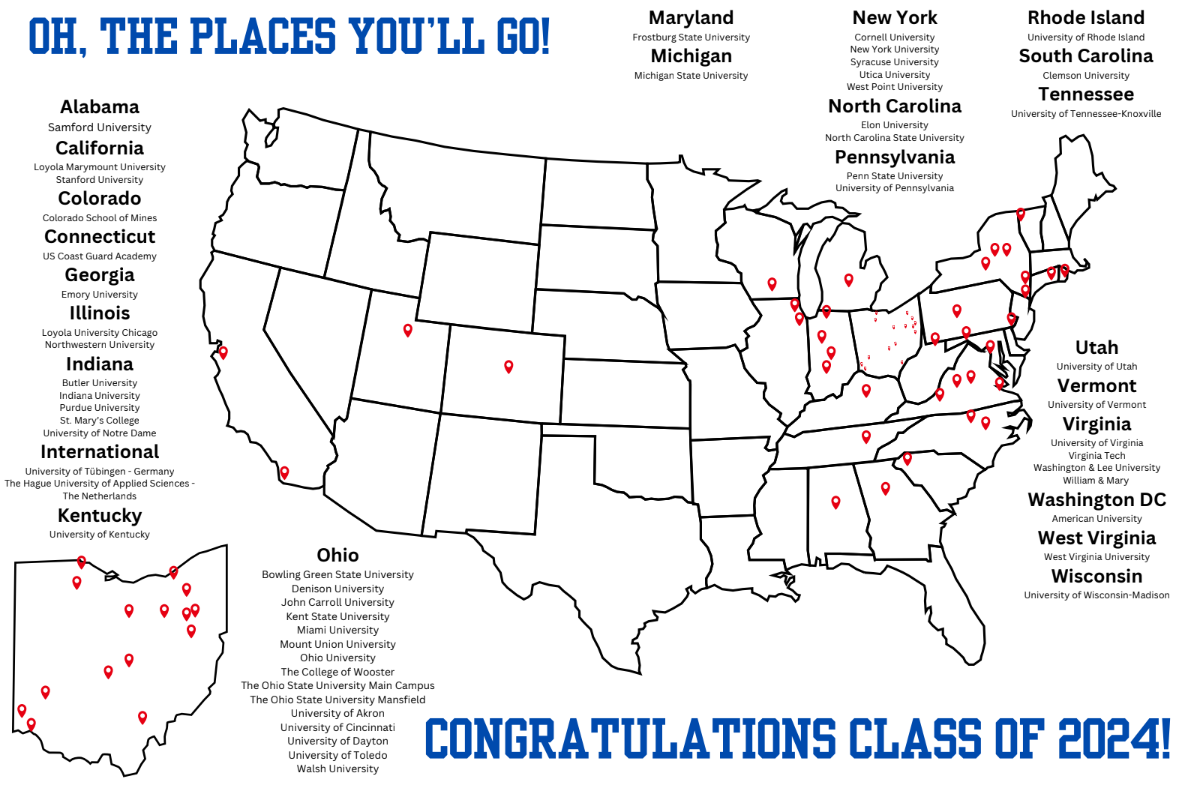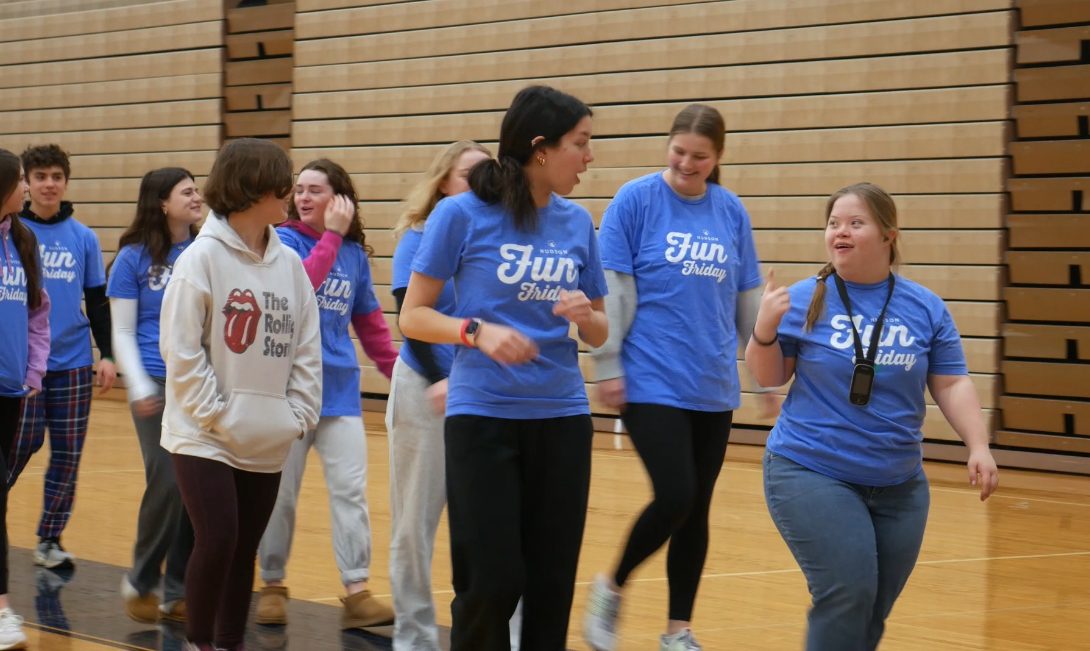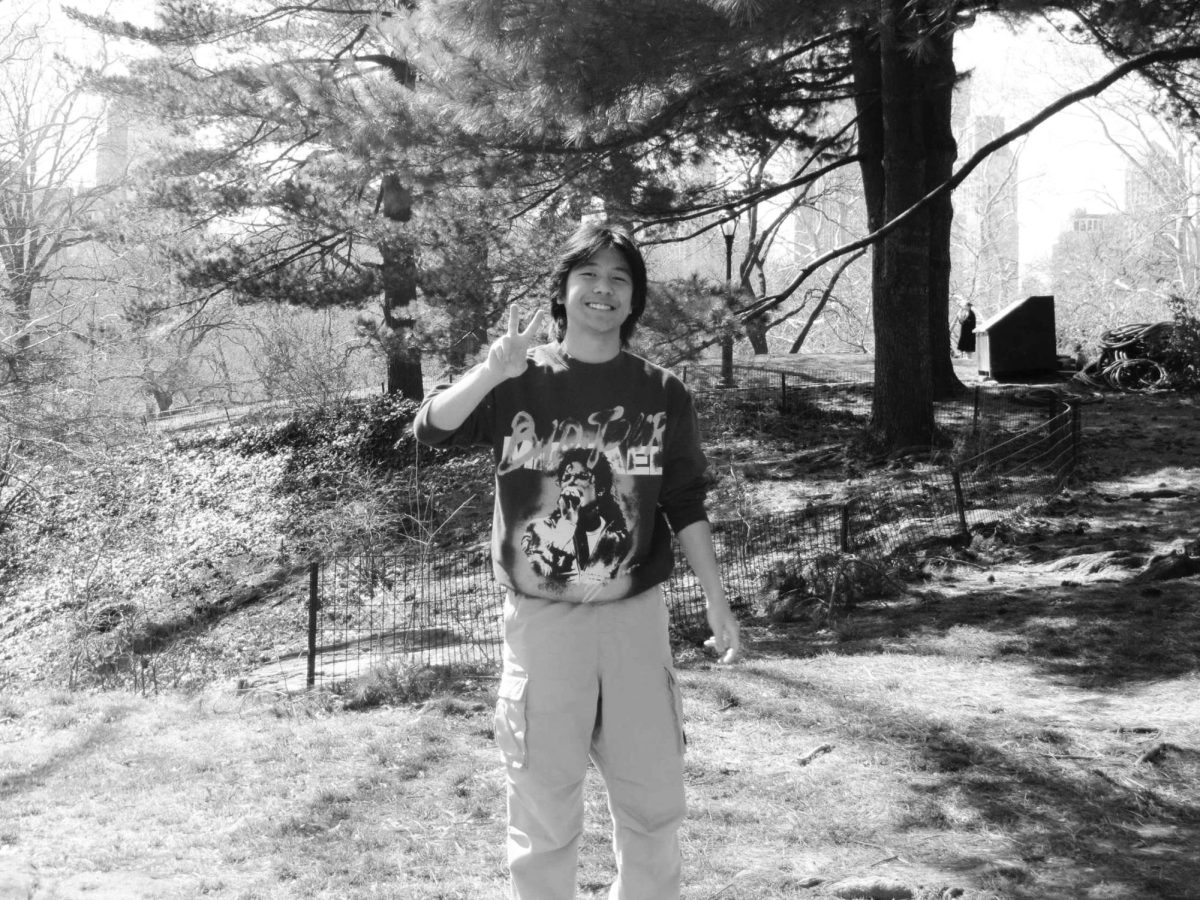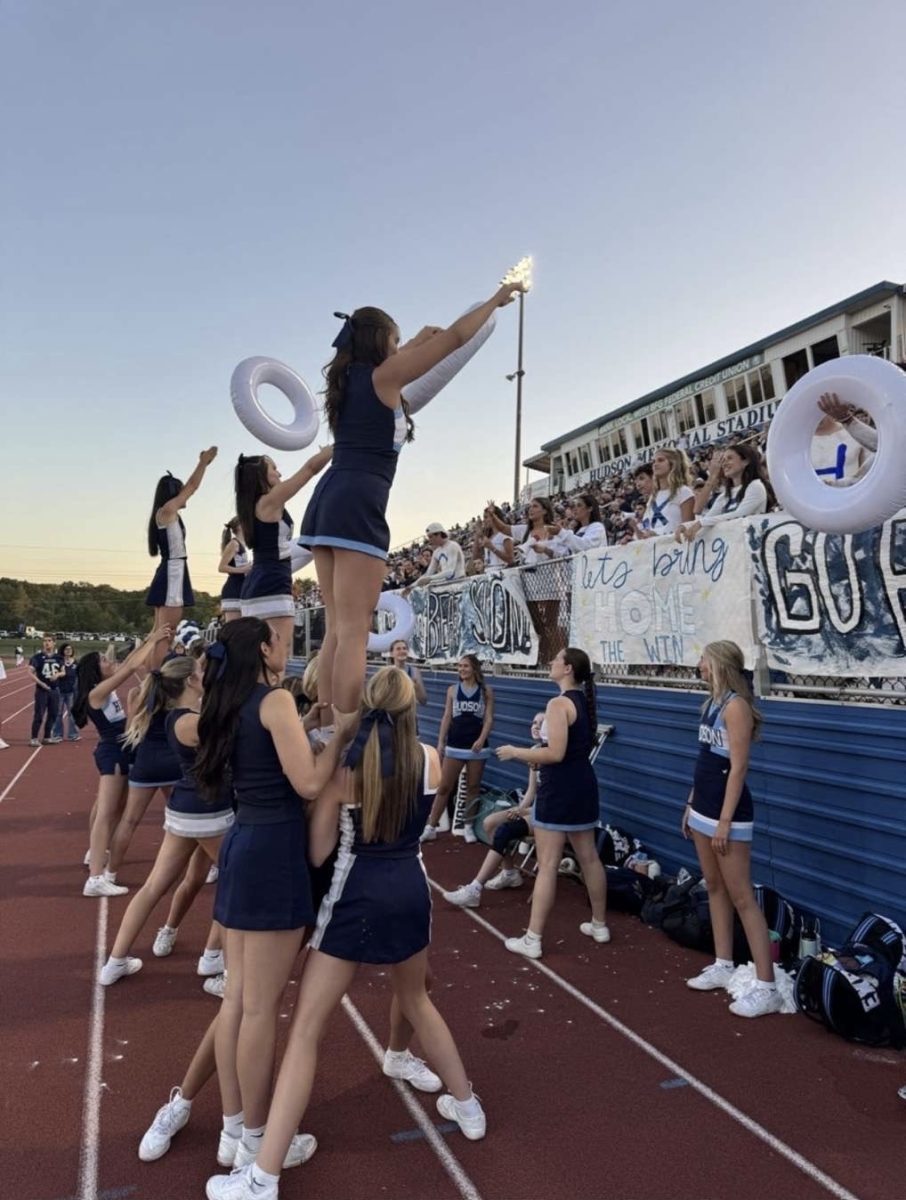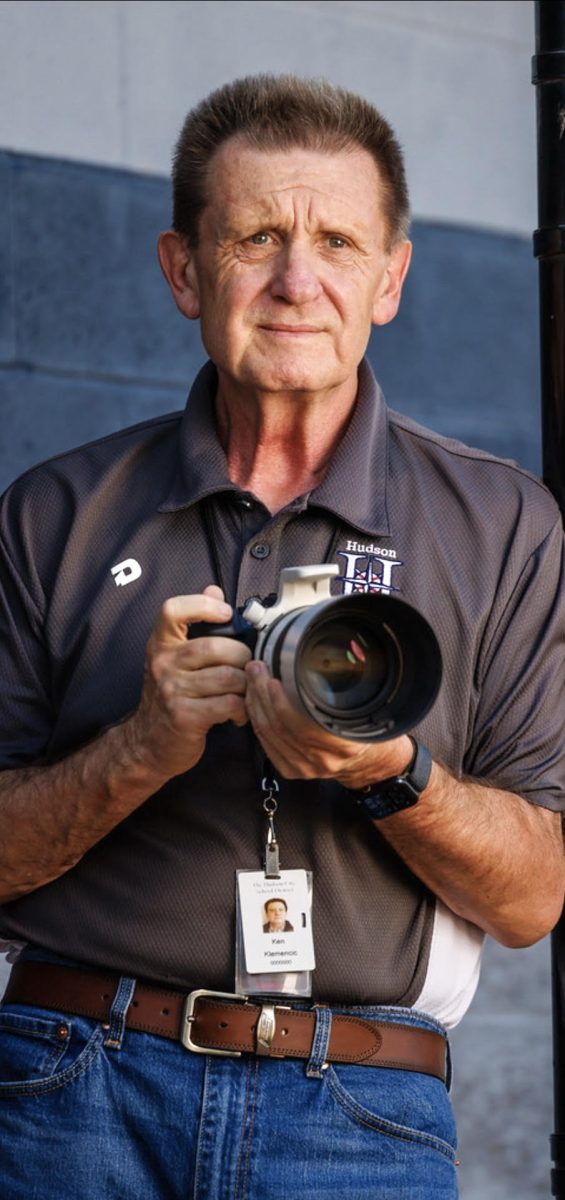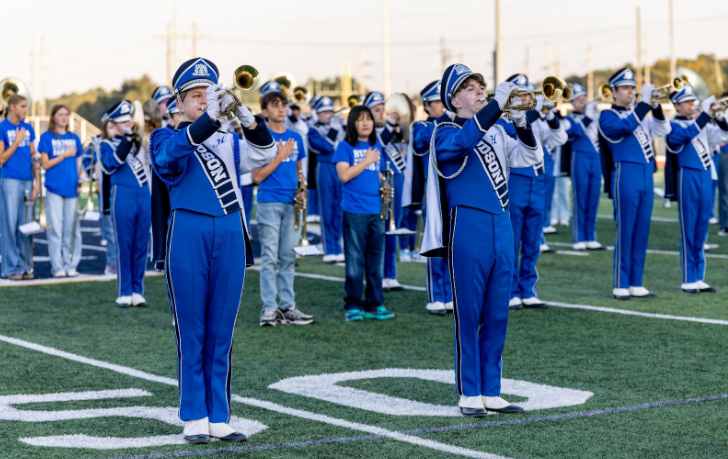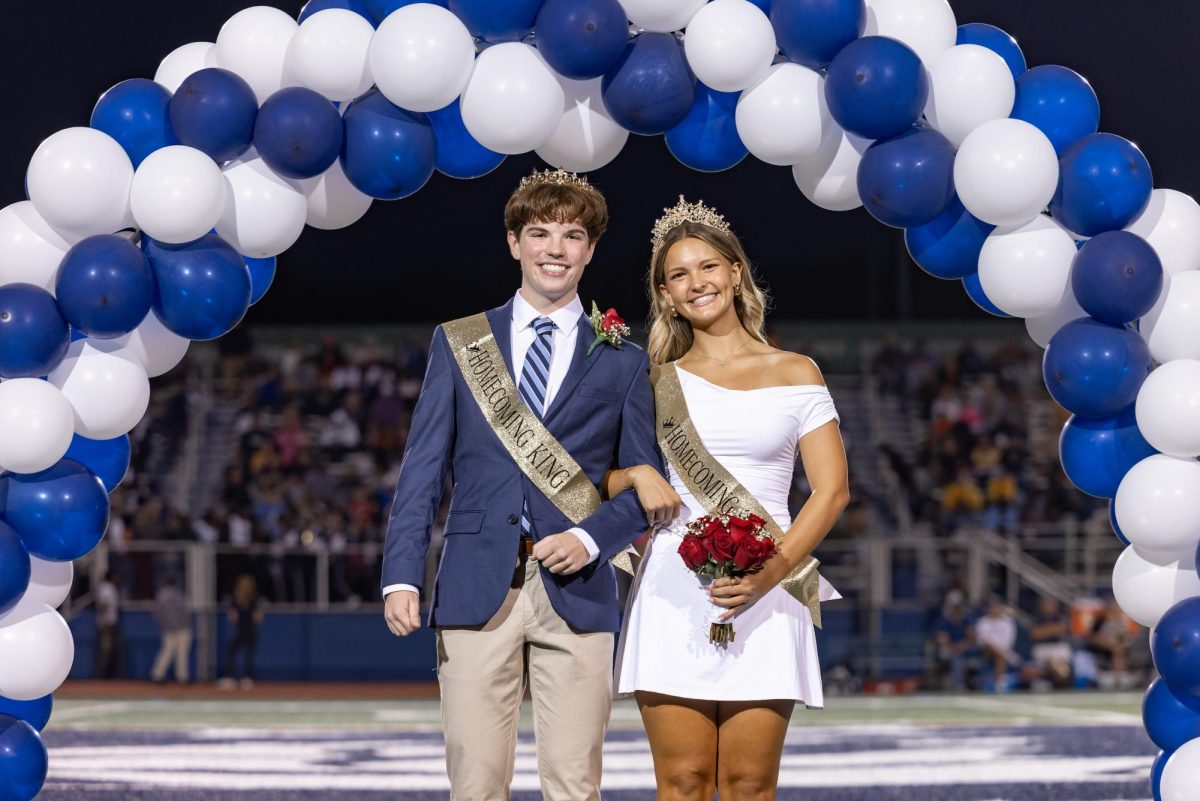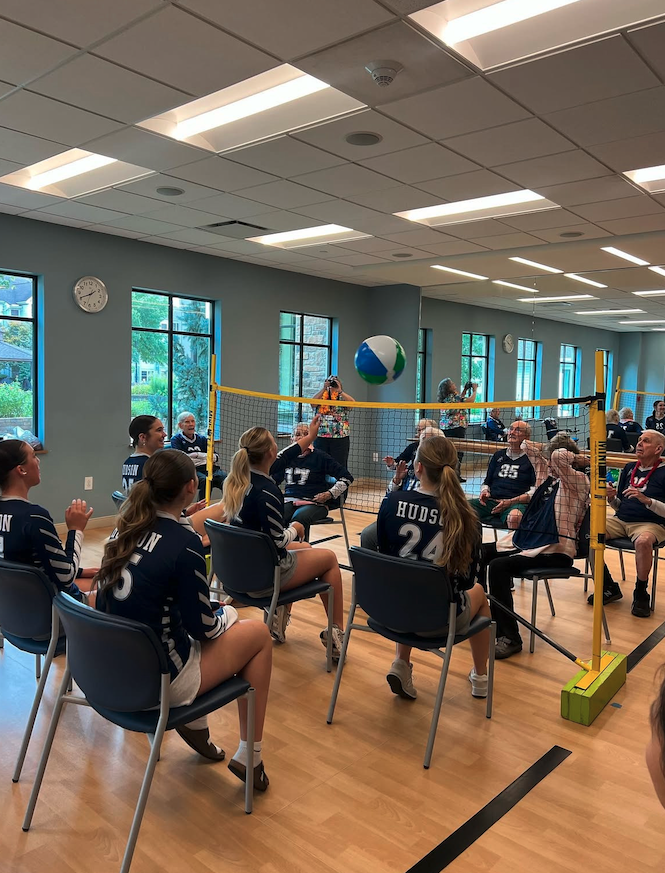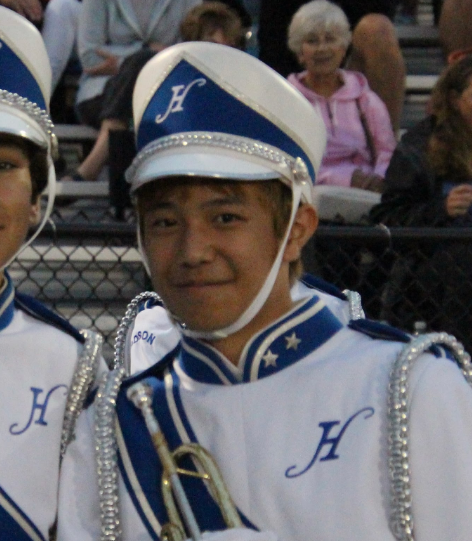A grand piano only has 88 black and white keys. Each musical phrase follows a story–-each note representing each person in the story. Each key is meticulously set to the correct tuning to create perfect harmony with each other, and every black and white key is treated equally. What I’ve learned in my four years –both as a student at Hudson High School, as well as a person– is that the world we are taught as kids and the “real” world are two vastly different things. Nobody explains to you the racial divide of this country, and nobody prepares you for the injustice and hardships you will face in your four years of high school. Nobody tells you that the world is black and white, and it’s up to you to fill it with color.
I first discovered that the world was black and white during the pandemic in 2020. It felt like a “vanilla” version of life, and being a freshman in high school, meant that I had no idea what real high school was until junior year. While being quarantined, I learned how to produce my own songs using an old computer, and used my knowledge of piano to my advantage as I worked on my craft.
Music scratched an “itch” I had in my brain; it made me feel like I was doing something right–-slowly bringing color back to people’s lives. If I was ever stressed out about a school assignment, I would go to my piano. If I had problems with relationships, I went to my piano. While my music has vastly improved and expanded during my four years at high school, the message I convey in my music will never change. Music should move people and tell a story.
Born in Durham, North Carolina, almost all of my kindergarten class was filled with African American peers. At parks and museums, I would see other Asians, Hispanic and African-Americans.
When I moved to Vermont in first grade, however, this changed. As a small town with only one traffic light in the entire downtown area, there was one other Asian apart from myself in my grade.
There wasn’t a single African American. And when I moved to Hudson in seventh grade, not much changed.
While I saw these changes right in front of my eyes, it took me many years to realize what was happening and how surrounding myself with the same people can almost create an echo chamber of thoughts and ideas.
When I enrolled in my first journalism class junior year, I wanted to bring light to these issues, but in a way that people would listen. The easiest way to do that for me was with sports.
Sports have been no stranger to the black and white divide, but have arguably seen the most change in any other part of society. For instance, according to Statista.com, over half the players in the NFL are African American. In the NBA, the percentage jumps to 70% of players. While I started writing articles about our high school football team, I chose to interview people I knew didn’t usually get a voice, and the idea of giving a spotlight to those that were in the shadows has stuck with me to this day. My most popular article on Trey Sharp is a great example on the types of articles I want to write about in the future, while at the same time, telling a story and entertaining the readers.
My plans for college are to continue to push for equality for all, and to bring color into a predominantly black and white society. I am honored to soon be a part of the First Wave Program at the University of Wisconsin-Madison-–a community-based scholarship that advocates for multicultural arts and activism in the form of Hip Hop and Urban Arts.
Whether it be with music, or with journalism, I hope to make this world even a little more colorful, and it starts by being open to change and new ideas. Don’t give up on your dreams. Remember that you choose the narrative that you follow, and that you control the outcome.

